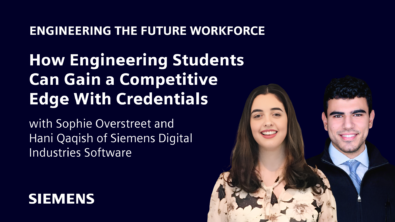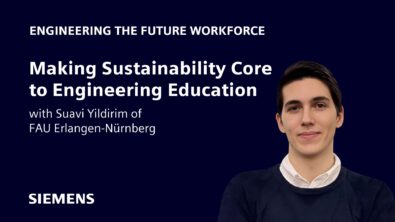From classroom to racetrack: The National University of Singapore’s Formula SAE journey
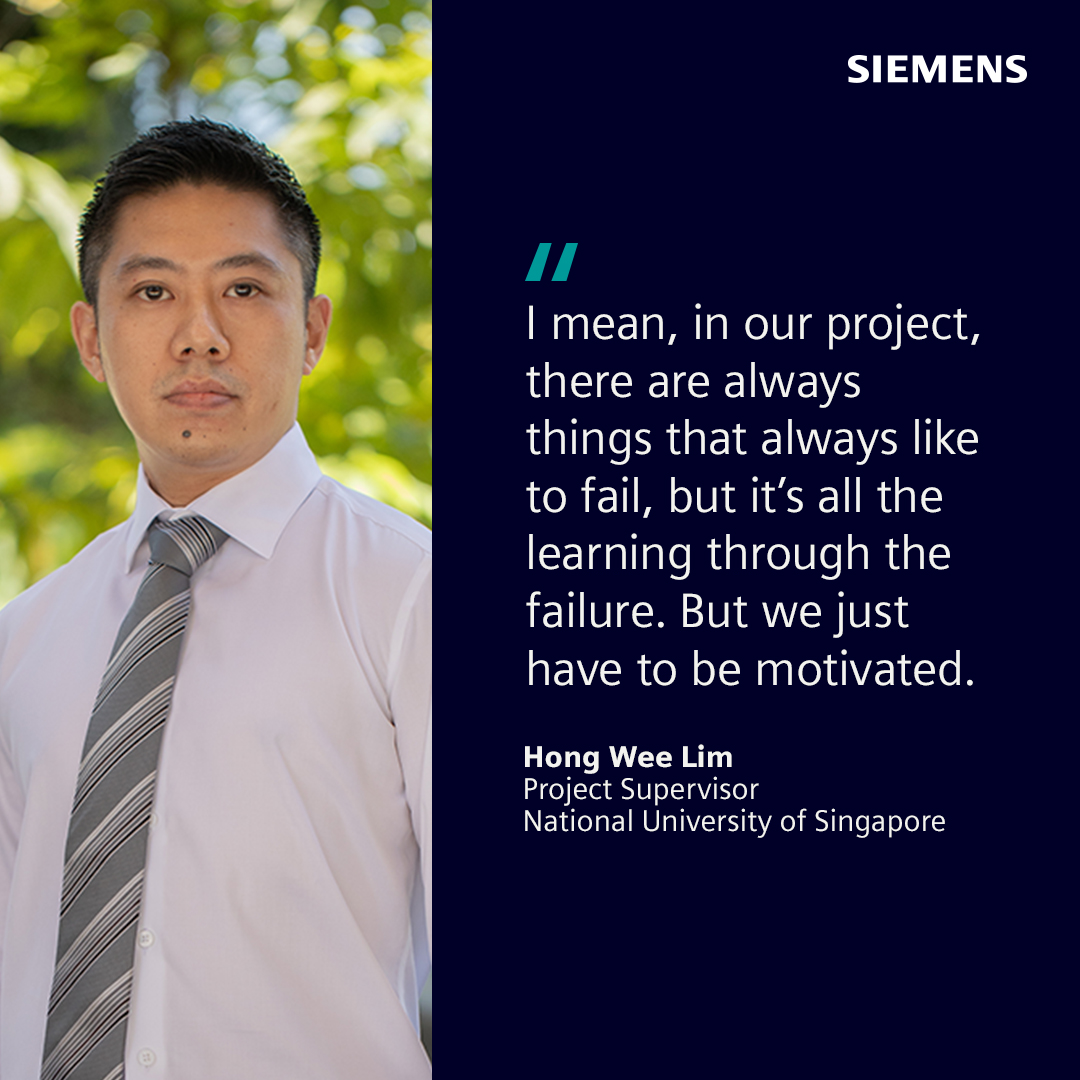
The latest episode of Innovation in the Classroom offers a unique glimpse into one of the world’s most exciting student competitions: Formula SAE. Host Shannon O’Donnell sits down with Hong Wee Lim, Project Supervisor of the National University of Singapore’s (NUS) Formula SAE team, to explore how this competition pushes engineering students to new heights.
Formula SAE challenges university teams to design, build and race Formula-style cars, which creates a high-stakes environment where theory meets practice. Lim’s insights reveal how NUS students embrace new technology, develop essential soft skills and learn to innovate on the fly, positioning them to succeed as the next generation of engineers.
SAE: a global competition with real-world impact
Formula SAE is a student competition organized by the Society of Automotive Engineers, drawing participants from universities worldwide to venues like Michigan International Speedway. Each team creates a Formula-style race car that undergoes rigorous static and dynamic testing on track. Students are assessed not only on speed and endurance, but also on their engineering acumen, business planning and design ingenuity.
Preparing for Formula SAE isn’t a weekend project. For the NUS team, it requires months of effort to perfect each element—from aerodynamics to ergonomics—and even more time to pack and ship the entire operation across continents. The process includes weeks of testing on foreign ground, allowing students to refine performance down to the smallest details like track surface and driver comfort.
It’s a learning experience that Lim believes is unmatched, as students hone skills that are directly transferable to careers in industries such as aerospace and automotive design.
Launching careers through Formula SAE
Formula SAE alumni from NUS find themselves highly sought-after in various industries worldwide, and it’s easy to see why. Lim notes that companies prize Formula SAE graduates for their resilience and comprehensive understanding of engineering principles. Alumni have secured positions with Formula 1 racing teams, the EV sector and leading automotive companies.
Lim emphasizes that companies often view Formula SAE as a “pre-professional” experience because students who have designed and raced cars can transition seamlessly into fast-paced engineering roles. The transition from student to professional engineer is made smoother by the blend of technical and soft skills that Formula SAE develops.
AI, machine learning and additive manufacturing in Formula SAE
Formula SAE also gives students a chance to work with technologies that are at the forefront of engineering innovation, particularly AI, machine learning and additive manufacturing. Lim explains that while their team doesn’t implement AI in driving, they leverage machine learning algorithms for performance optimization.
Additive manufacturing also plays a critical role. While traditional manufacturing methods still dominate, Formula SAE teams now use 3D printing to produce custom components that might otherwise be cost-prohibitive. This allows the team to experiment with composite materials and lightweight designs that push performance. The competition serves as a proving ground for future automotive innovations, enabling students to test emerging technologies in real-world applications.
Building essential soft skills: leadership, teamwork and discipline
Beyond technical skills, Formula SAE fosters crucial soft skills that are equally valuable in the workforce. Students working on the NUS Formula SAE team must take on leadership and mentorship roles, motivating their peers and cultivating a team-oriented environment. Lim stresses the importance of discipline, a quality that can often make or break a project’s success.
The competition also fosters an innovative mindset, teaching students to approach problems with a “What if?” mentality. Rather than expecting direct answers, Lim encourages his students to validate solutions through testing, helping them develop critical thinking skills essential in any engineering field. This focus on soft skills helps participants develop a mindset that will serve them well in any industry.
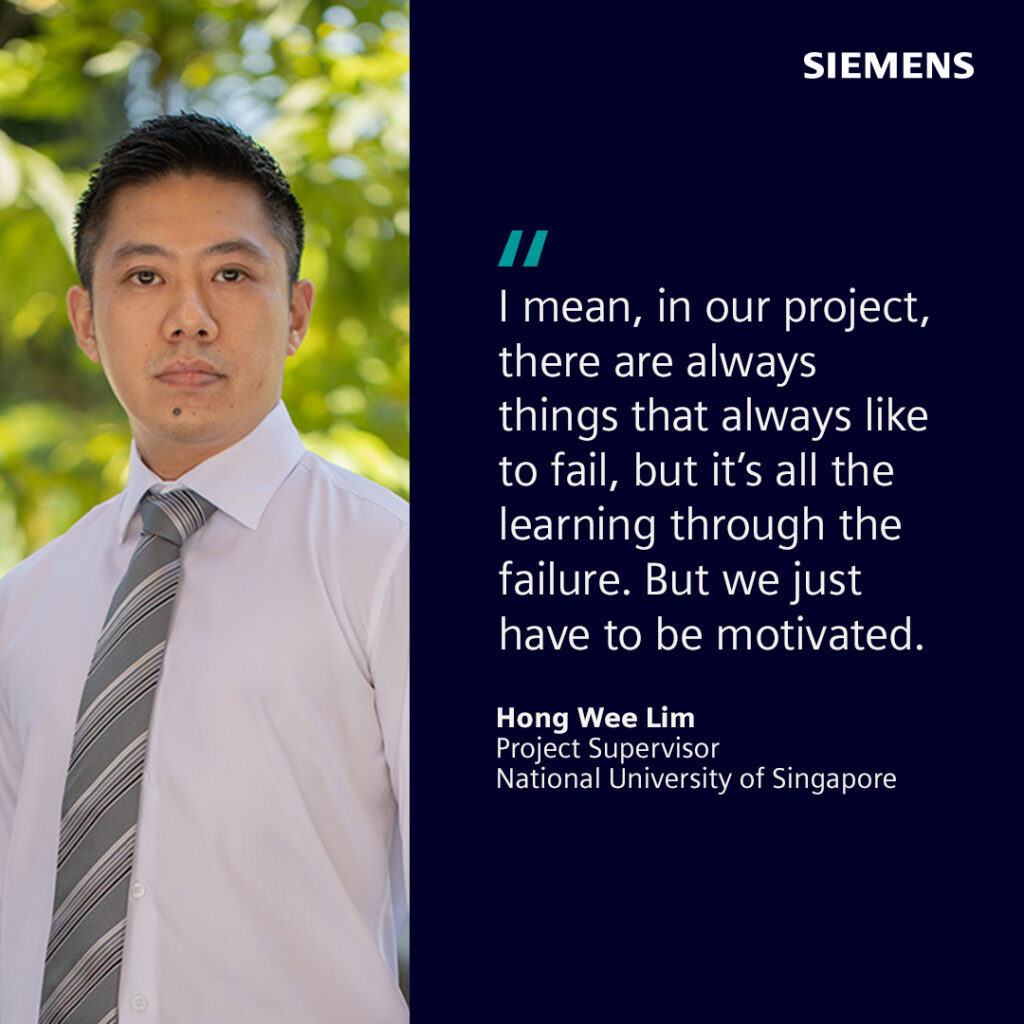
Siemens Software: a critical partner in formula SAE success
A key ingredient in the team’s success has been Siemens’ STAR-CCM+ software, which allows for advanced computational fluid dynamics simulations. Siemens sponsors NUS’s team, providing software access and mentoring support to ensure the students make the most of the technology.
With Siemens’ mentorship, students at NUS can validate their designs against real-world data, learning how to translate simulations into practical outcomes. Through the support of industry partnerships, like that with Siemens, and the dedication of mentors like Lim, Formula SAE is shaping the next generation of innovators, engineers and leaders.
Interested? Click here to learn more about how Siemens is supporting the next generation of engineers.
Connect with
Shannon O’Donnell
Hong Wee Lim
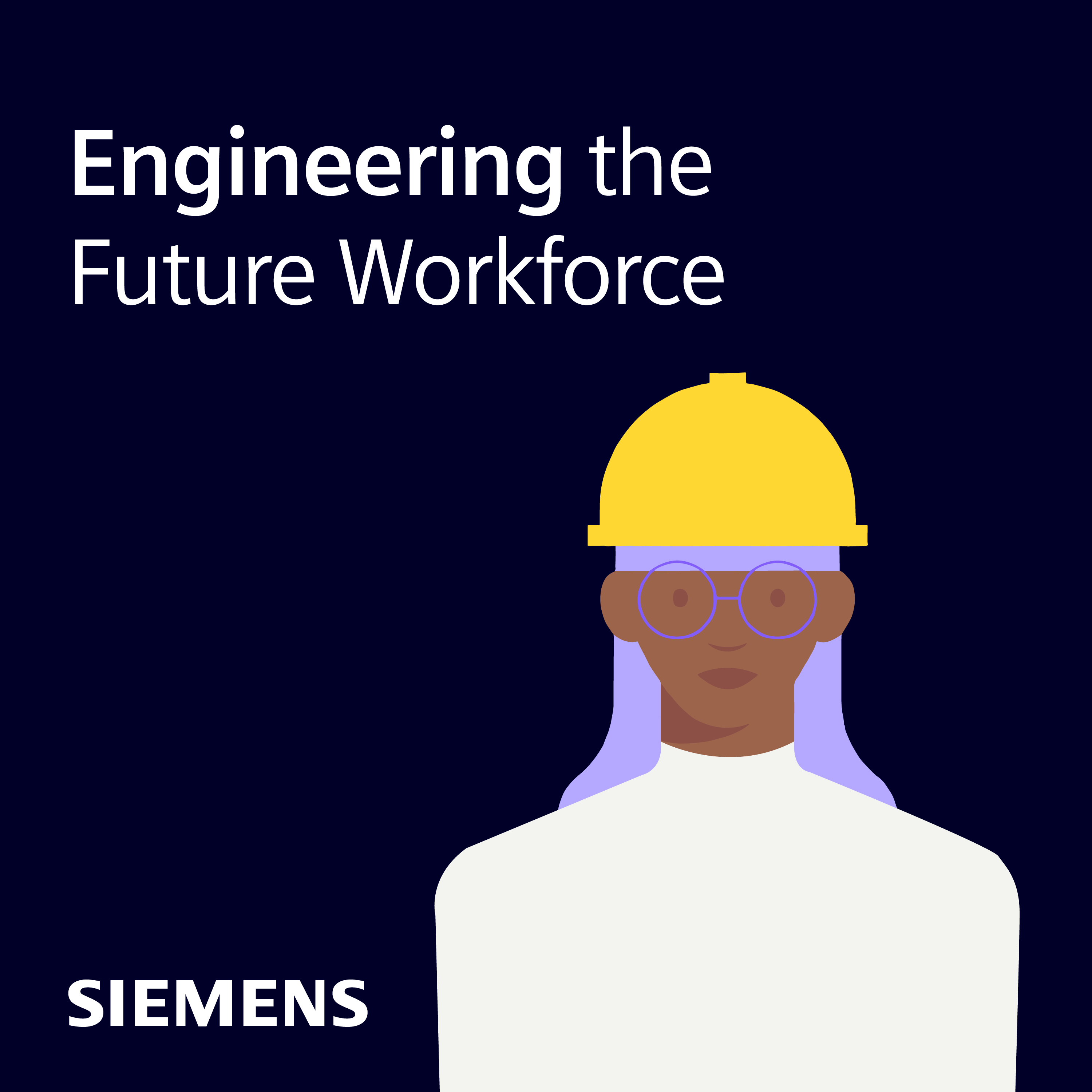
Engineering the Future Workforce
Engineering the Future Workforce explores emerging and best practices that are empowering the next generation of engineering talent. The series will showcase conversations with leading voices from academia and industry who are committed to improving learners’ digital skillset and mindset to accelerate innovation.
